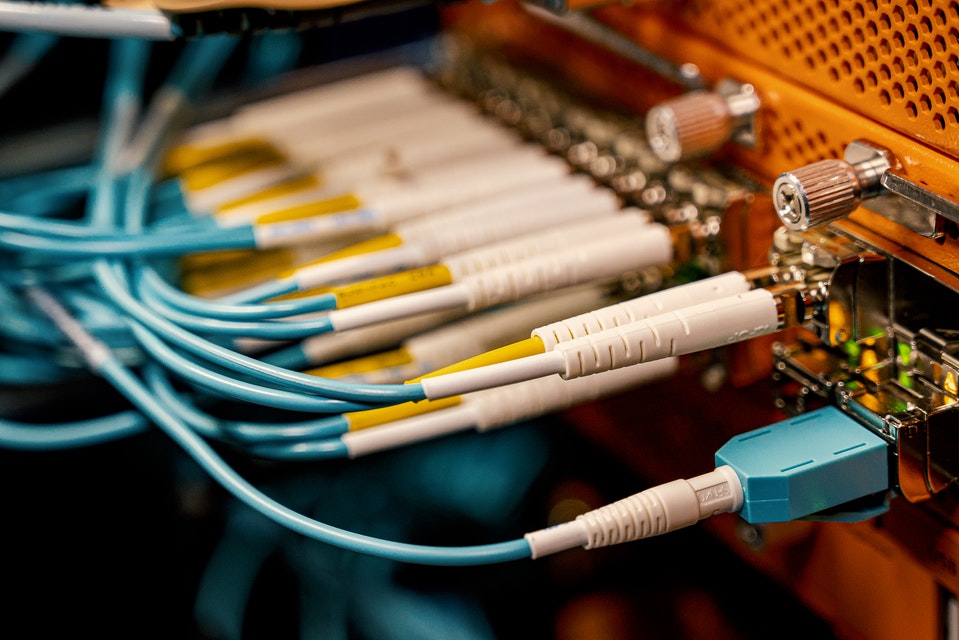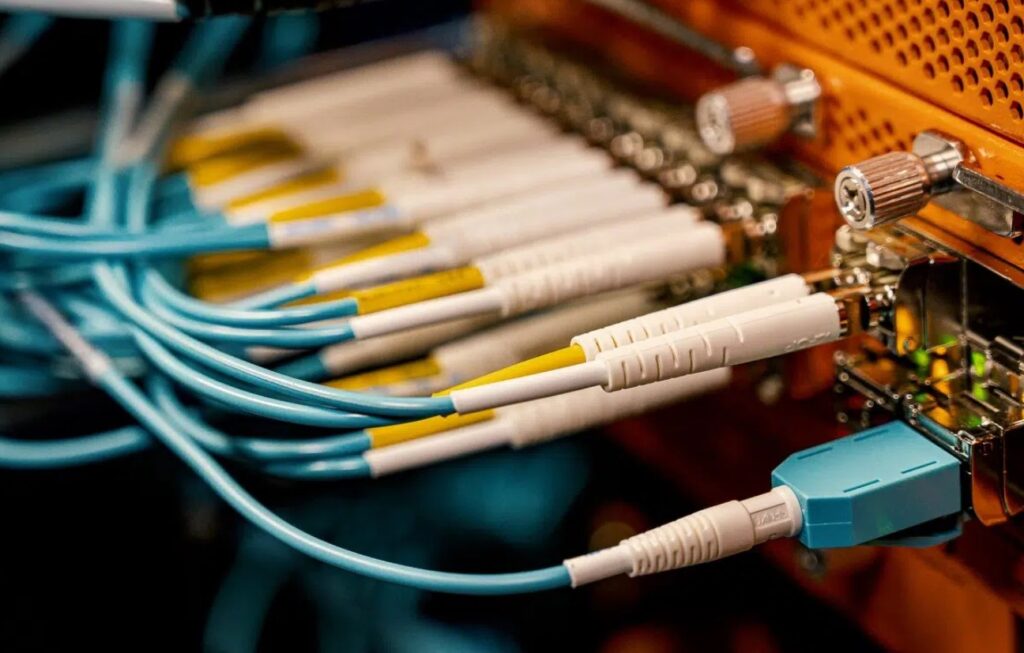The fiber optical has greatly revolutionized the telecommunication sector. Using optical gauging products to measure the quality of fiber optic cable has enabled the links of telecommunication to be made over greater distances without losing the transmission medium. As a result, fiber optic systems are employed in various applications, ranging from Ethernet systems to telecommunication backbone infrastructure. By determining optical fiber diameter measurement, manufacturers can ensure that fiber provides telecommunication sector with good stability, high performances, and other advantages such as:

1. Low-Security Risks
Optical fiber is hard to tap. This is because it does not radiate electromagnetic energy and cannot allow emissions to be intercepted. While physically tapping fiber may need great skills, fiber connection offers security to the most sensitive data.
For you to achieve this goal, it may be necessary to offer strong physical security. This may be simple, especially when running your cable on a property, which you keep watch for 24 hours. However, if you’re incapable of offering a trusted connection, you may opt to use encryption technology to protect data from crossing your fiber’s connection.
2. Ease of Maintenance and Dependability
Optical fiber’s low loss property decreases the requirement for line amplifiers or intermediate repeaters to enhance the signal strength. While a few repeaters improve the fiber system’s dependability, high reliability decreases the expenditure on maintenance.
Beyond that, fiber’s immunity nature, which enables it to handle unfavorable weather conditions, makes it more reliable than copper cables.
3. Light and Small
Weight and size are some of the factors required to prepare your fiber cable for installation. You can measure the diameter of optical fiber by using a high precision micrometer or gauging products. Today, the cables of fiber optic run existing conduits, which are completely or partially covered with copper material. The optical fiber diameter is usually smaller than the thickness of the human hair. The lightweight and small size nature in fiber optic cable are somehow beneficial in different applications, including:
- Ships
- Satellites
- Aircraft
4. Bandwidth
Fiber optic conveys information through light signals. Its network operates under the standards 100 Base-F, 10 Gbase, and FDDI duplex that includes bandwidth capacity. Theoretically, the bandwidth of fiber optic cable is infinitely higher, and transmission capacity is larger. The total amount of information, which can be conveyed per unit time, happens through the transmission media.
5. Flexibility
Media converters make things possible for people to use fiber into existing networks. You may use these converters to extend UTP Ethernet connections in your fiber optic cables. The modular patch panel solutions connect equipment with 100/120 GB and 10 GB speeds to meet users’ needs and may offer flexibility for the future requirements. The panel solutions also accommodate different kinds of cassettes and fiber patch cables.
Final Thoughts!
Fiber-optic systems are becoming popular in telecommunication services because they have allowed communication to be perfect. Most telecommunication companies enjoy the flexibility, bandwidth, and security nature of fiber optic cables. Because of these benefits, the use of fiber optic is increasingly growing than copper cables.



